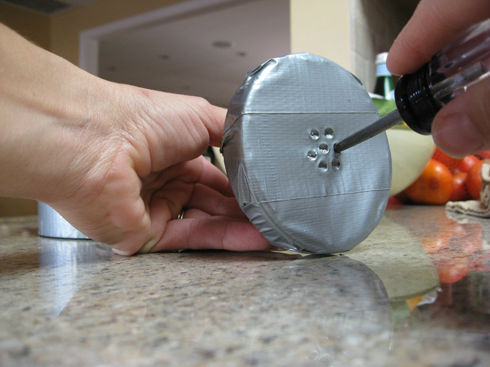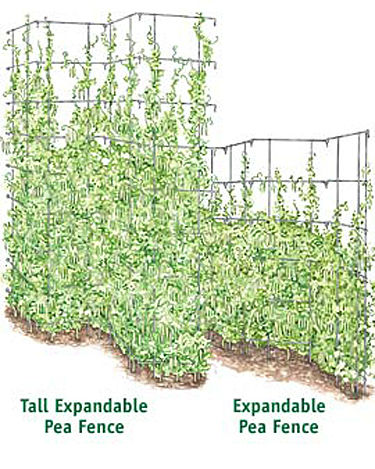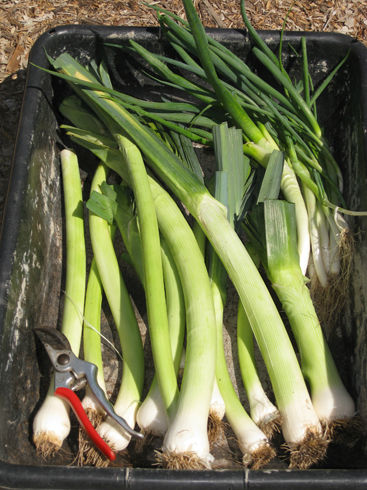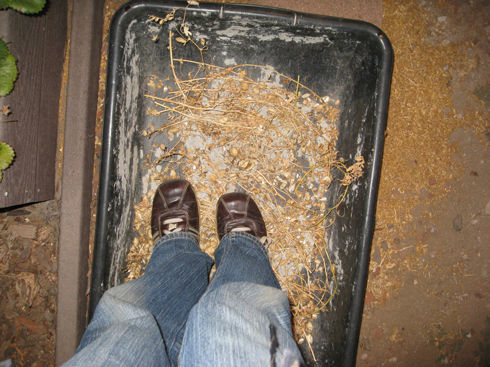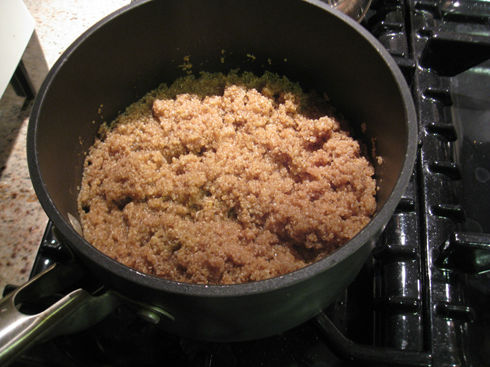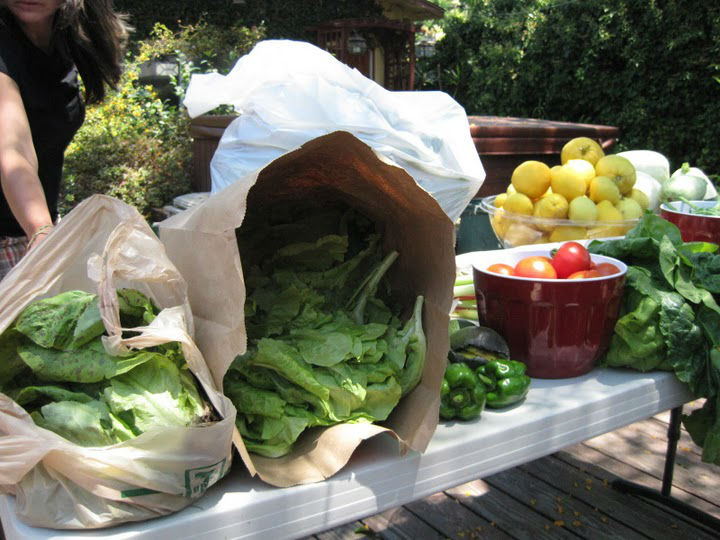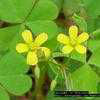Seed Catalog Highlights
I love the sound of seed catalogs dropping into the mailbox. There's a particular "clunk" of distinctive heft that only a thick garden catalog can make. I keep a pen close at hand as I dog-ear the pages and circle interesting new varieties, dreaming of their vibrance in the garden.
This year heirloom varieties are popping up all over. The hunt for biodiversity is on, and we're part of the plan for preservation. If you are into seed-saving, here are ...


